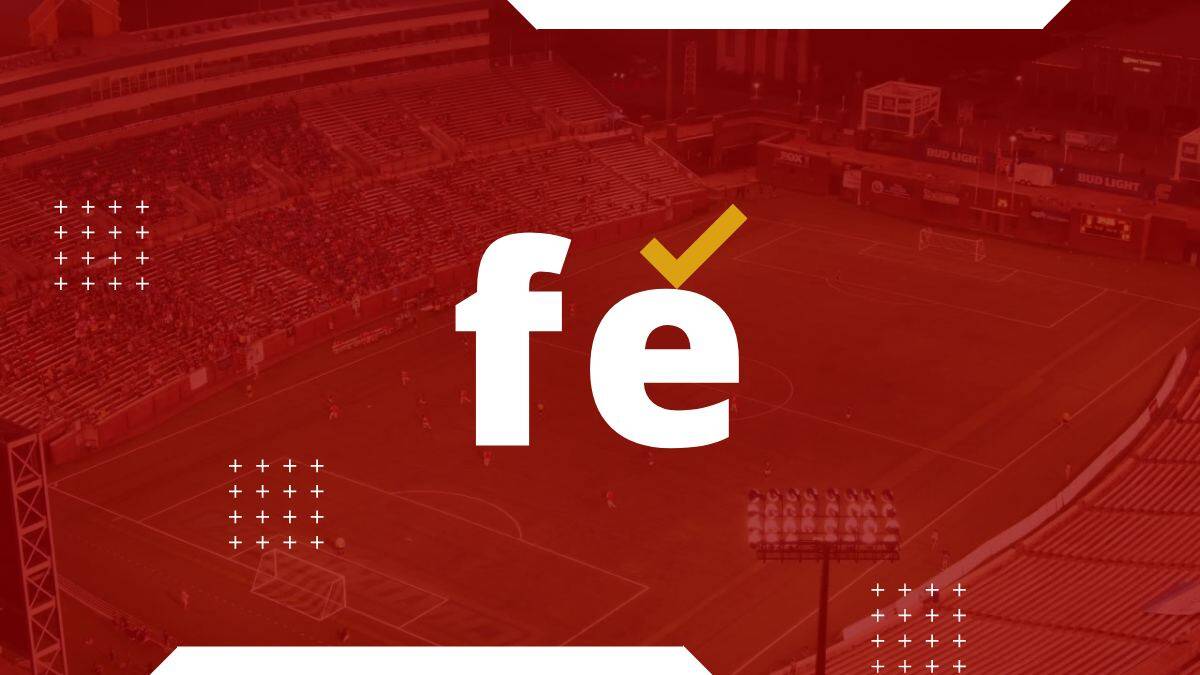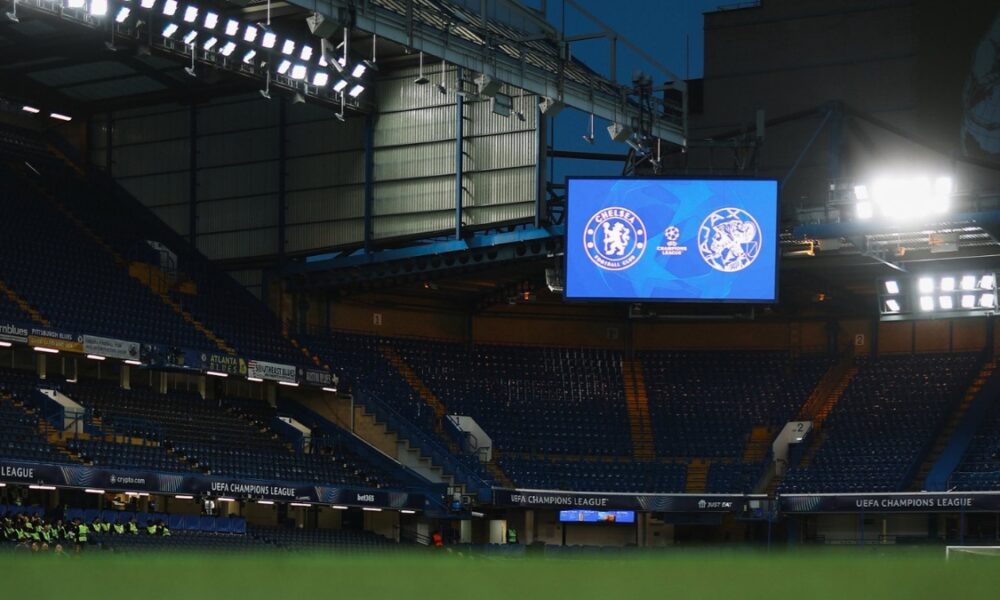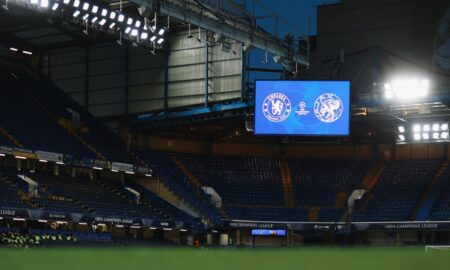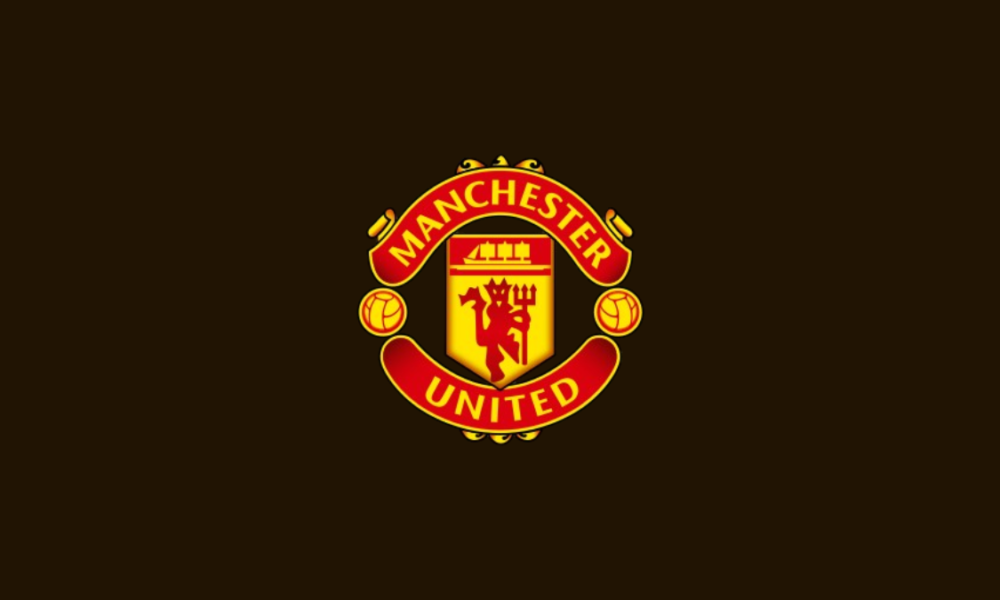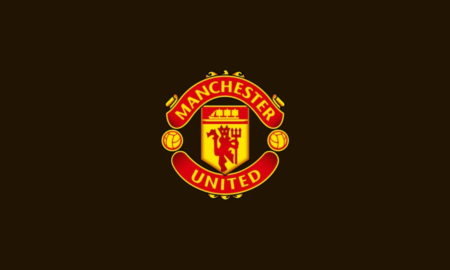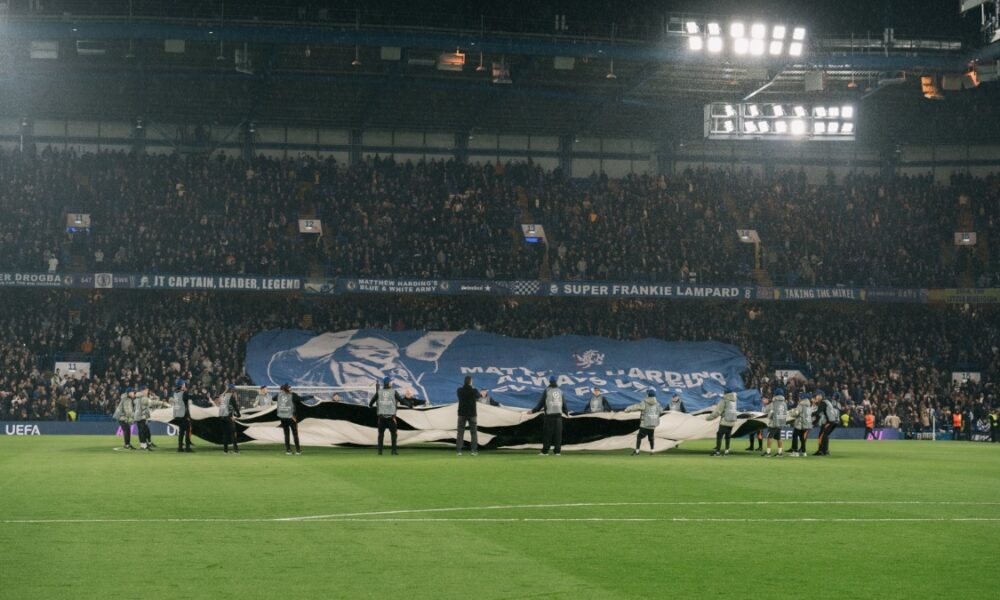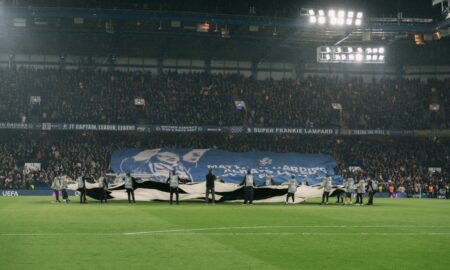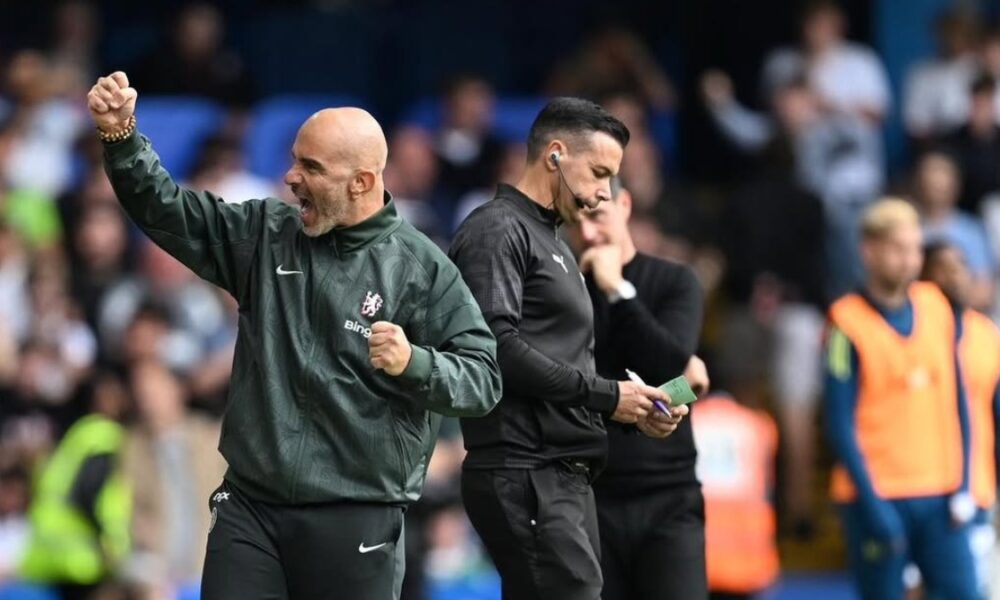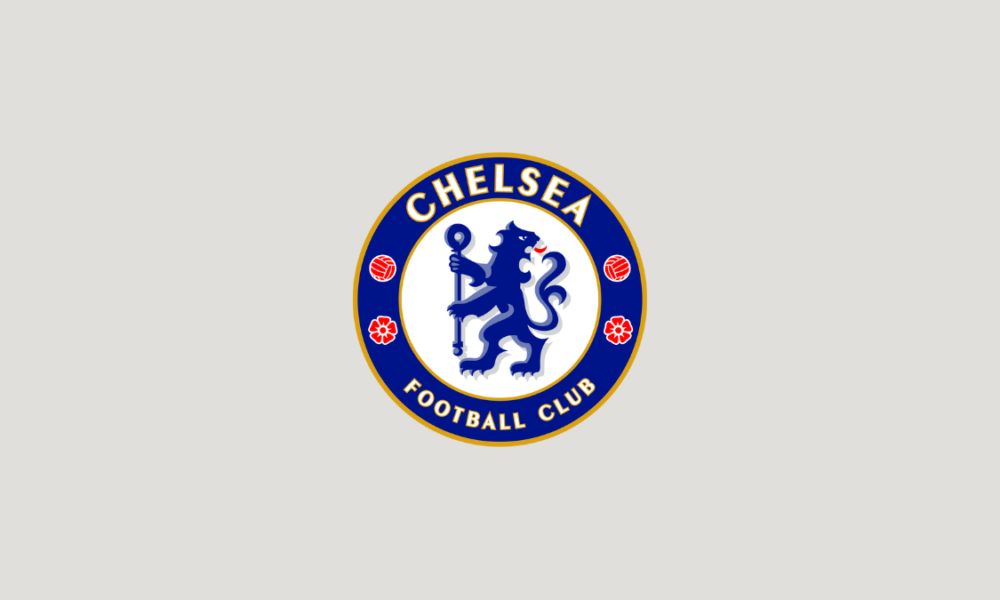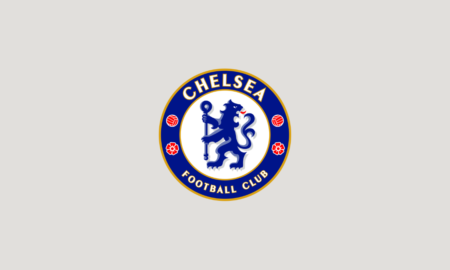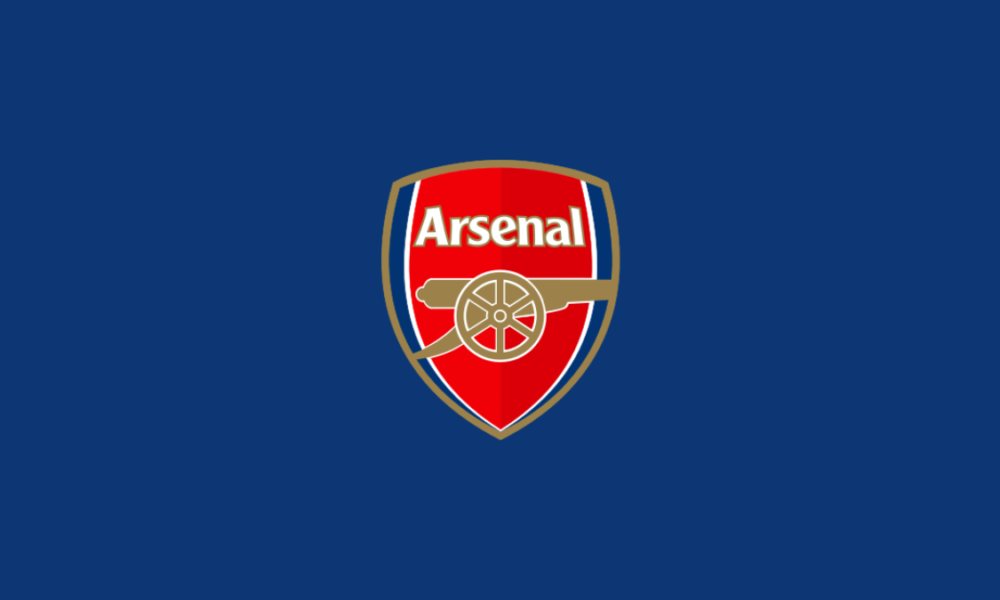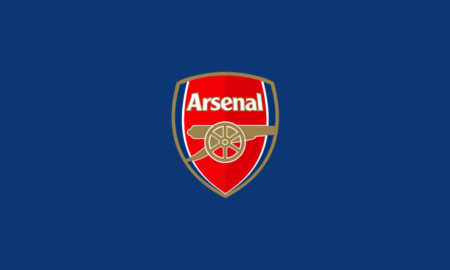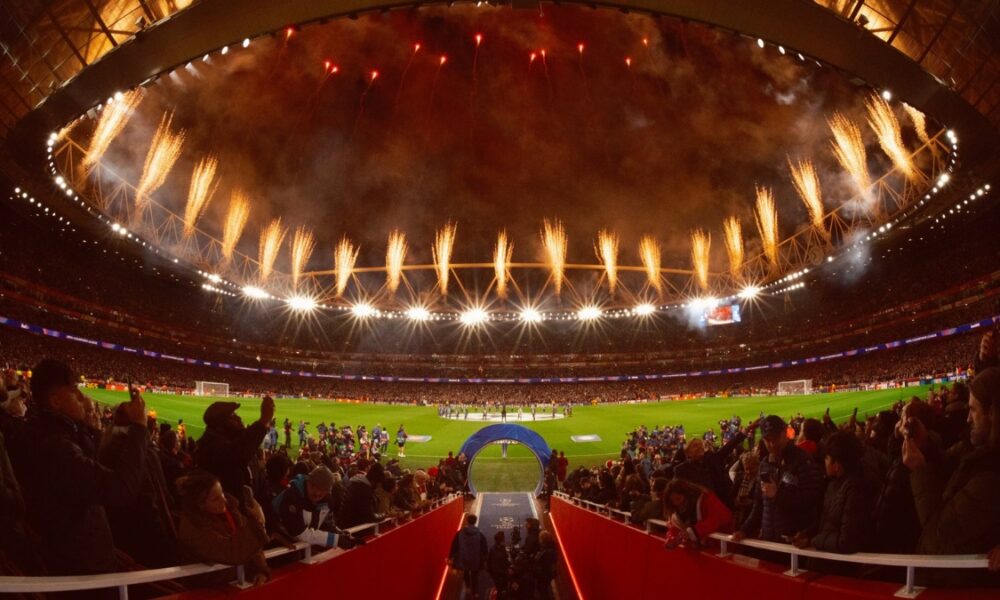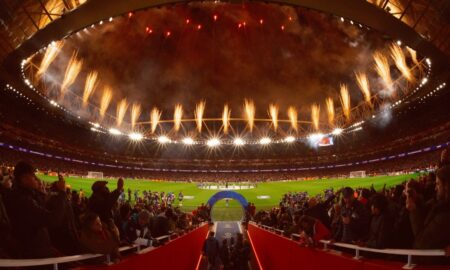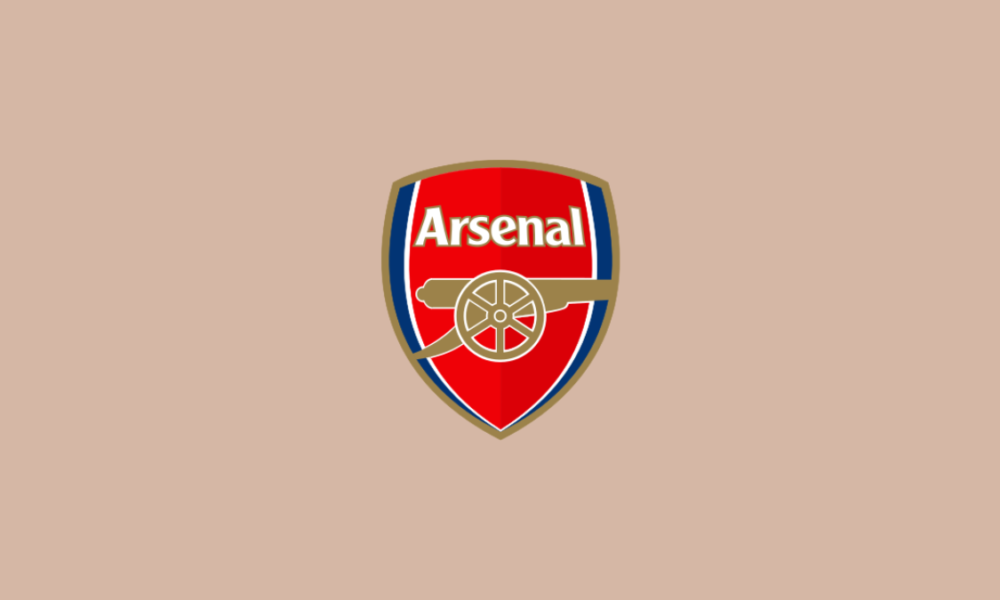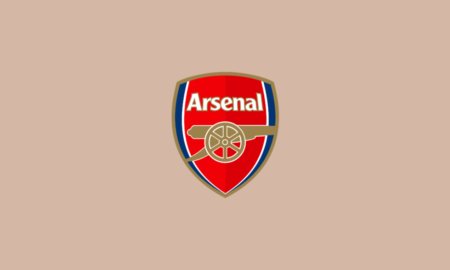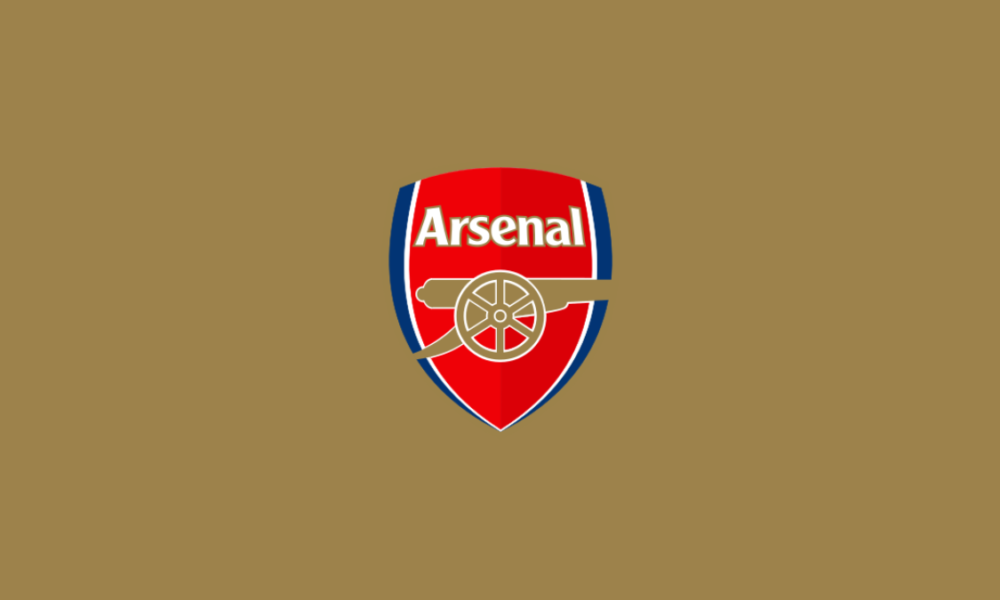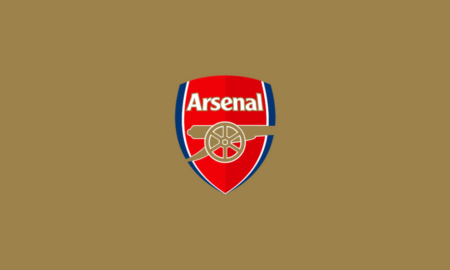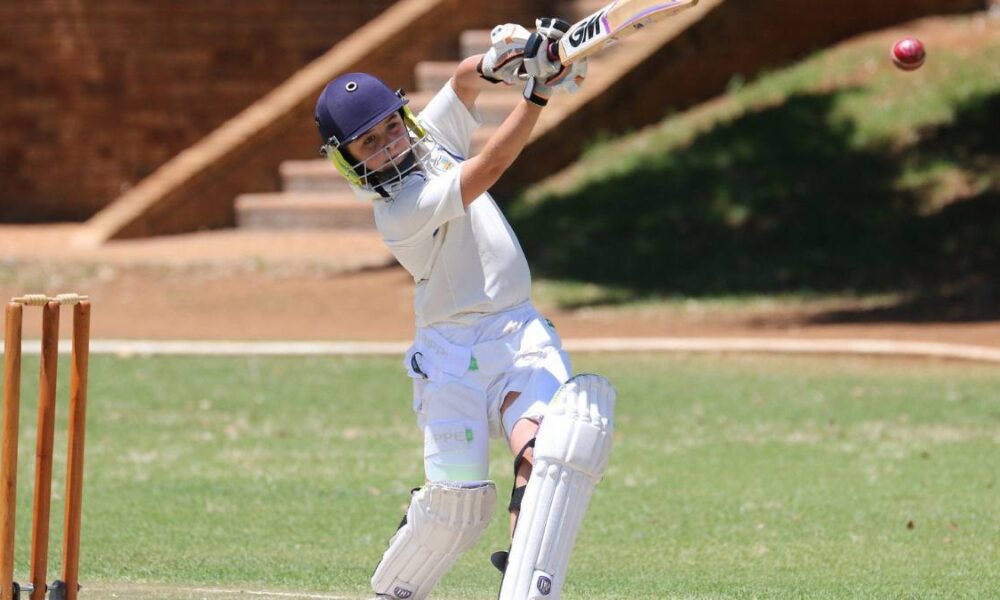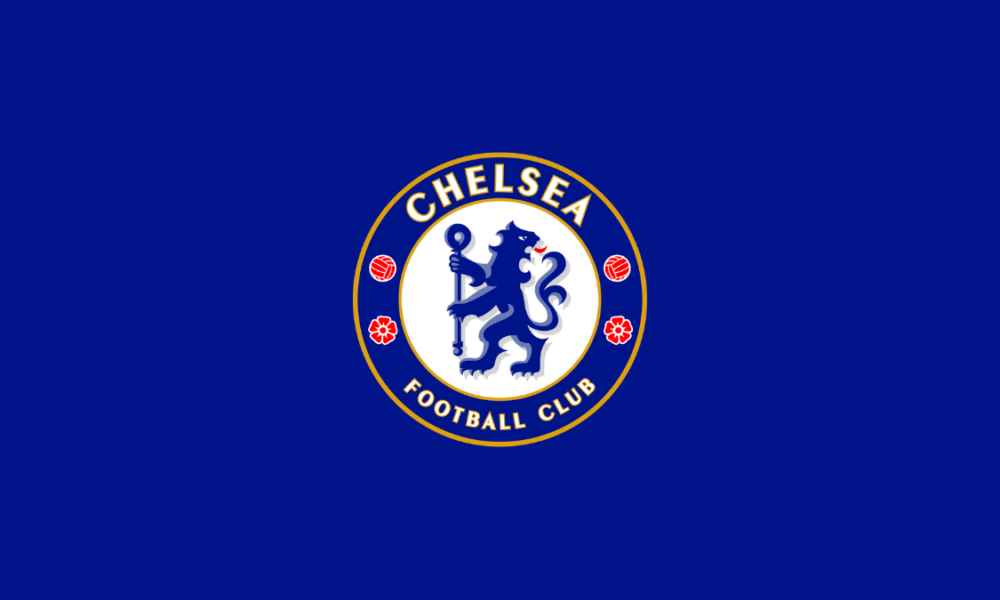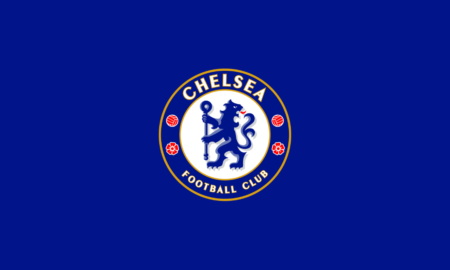The fixture we now call the FA Community Shield hasn’t always carried that title. When it kicked off for the first time in 1908, it was known as the Charity Shield. It was created with one aim in mind: to raise money for good causes while giving fans a competitive game before the serious business of the league season began. Over the decades, it became a summer tradition, the sort of match you’d watch with one eye on the football and the other on the season ahead. By 2002, though, the famous old name had disappeared.
The change wasn’t down to marketing or sponsorship, but to a ruling from the Charity Commission. They found the Football Association had failed to follow certain requirements under charity law. In particular, the FA hadn’t set out exactly how much money from the game was going to charitable causes. That lack of detail meant it could no longer be called the “Charity Shield”. So, in came the “Community Shield,” which sounded similar but ticked the legal boxes. The charitable link stayed, even if the title was different.
Despite the name change, the atmosphere at these games has remained the same throughout the years. You’ll find the same crowds, chants, and buzz, but nowadays, supporters are watching football in a different way. It’s no longer about seeing how the game goes and hoping for the next. Now, watchers are placing bets on the outcomes they expect to be most likely, and this is something we’re seeing more often at FA Community Shield games. You’ll find people placing wagers on trusted UK football bookmakers because these sites offer a secure platform to place bets while watching from anywhere. They offer great odds, fast payouts with various payment methods on offer, and good bonuses. While the Community Shield’s revenue goes to charitable and community projects, the regular betting behaviour of football fans remains.
The name change hasn’t affected the game’s ability to raise money for causes across the country. The FA’s current charity partner is the Alzheimer’s Society, but proceeds also go to grassroots projects and local initiatives. These smaller groups also benefit, meaning the money often ends up helping people in the same communities where fans live and work. That’s part of why the fixture continues to be held in such affection by so many supporters.
When it all began in 1908, the Charity Shield was staged at Stamford Bridge. That changed in 1974 when Ted Croker, then the FA secretary, proposed Wembley as its home. From that year onwards, Wembley became the stage for the curtain-raiser. Moving the match there brought it an extra sense of occasion. Fans knew they were watching something special in a stadium associated with England’s most famous footballing moments.
The format is simple enough: the Premier League champions face the FA Cup winners. If one side has claimed both trophies, the league’s runners-up step in. This system has thrown up some cracking contests over the years, from high-scoring thrillers to cagey tactical battles. It may be labelled a friendly in some quarters, but tell that to the players when the whistle blows.
This year’s game offers a storyline of its own. Crystal Palace will walk out in the Community Shield for the first time, taking on Liverpool, who have lifted the trophy 16 times. That contrast gives the meeting an extra twist. It’s the sort of fixture that can mean everything to one set of fans and be a marker of intent for the other.
The impact of the Shield stretches beyond football. In Brent, where Wembley stands, the FA backs projects like the Wembley Community Club, which supports local schools, charities, and community groups. It’s a way of making sure the money raised doesn’t just vanish into national accounts but has a direct effect on the area that hosts the match year after year.
One project that’s seen a real benefit is The Felix Project, a London charity focused on redistributing surplus food. Thanks to Community Shield funding, they’ve been able to provide 124,000 meals for those in need. It’s proof that the match’s charitable claims aren’t just words on a press release. They translate into tangible help for people who might otherwise go without.
The title may have changed over twenty years ago, but the heart of the fixture hasn’t. It’s still a match between top teams with a cause attached, where football plays a part in making life better for others. In that sense, the Community Shield carries the same spirit as the old Charity Shield, just with a name that works under the rules.

